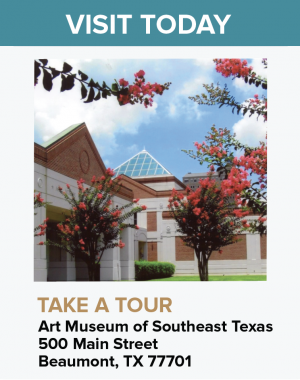Science fiction is now science fact: There’s hope for aging eyes with macular degeneration
 (BPT) – Imagine what it’s like to slowly lose your vision over time – until one day you no longer can read, see the faces of loved ones or participate in your favorite hobbies. While most people accept achy joints or muscle weakness as part of the aging process, eyesight is a critical factor in maintaining a high quality of life and independence.
(BPT) – Imagine what it’s like to slowly lose your vision over time – until one day you no longer can read, see the faces of loved ones or participate in your favorite hobbies. While most people accept achy joints or muscle weakness as part of the aging process, eyesight is a critical factor in maintaining a high quality of life and independence.
Severe vision loss is a reality for people with age-related macular degeneration (AMD), a disease of the retina that affects more than 9.1 million people in the United States. What is it like to have AMD? The disease robs people of their central vision and leaves only what they can see in their peripheral vision, making it incredibly difficult to use vision for even the simplest activities. AMD’s most advanced form – end-stage AMD – is the leading cause of irreversible vision loss and legal blindness in people age 60 and older.
For retired entrepreneur, Willis “James” Hindman, 77, of Westminster, Md., the losses he faced from end-stage AMD were both physical and emotional. Hindman’s passions are his family, friends and the horses that he raises on his farm. AMD destroyed his vision to the point where he couldn’t see people’s faces or watch his race horses cross the finish line. He felt he was a prisoner of his own limitations and quickly became depressed.
Hindman isn’t alone; as the baby boomer population continues to grow, the occurrence of AMD is likely to grow with it. According to the U.S. Census Bureau, the baby boomer population will increase to 72 million by 2030, placing roughly 20 percent of the U.S. population at risk for AMD.
At this time, there is no cure for AMD and no way to reverse its effects, although there are advanced treatments, including medication injections, laser surgery, and what is most recently getting attention, an FDA-approved telescope implant, that has been clinically demonstrated to improve vision and quality of life for patients living with this debilitating disease.
“The telescope implant surgical procedure removes the eye’s natural lens, and replaces it with a tiny telescope, about the size of a pea,” explains Dr. Mark Mannis, Professor and Chair at University of California, Davis Department of Ophthalmology. “It may sound like science fiction, but it is available to patients today. The telescope is implanted in one eye to improve central vision, something no other surgery can do for patients with AMD. The other eye will continue to provide peripheral vision, which is important to maintain orientation and balance.”
The telescope implant is integral to a new patient care program, CentraSight. The CentraSight treatment program has been designed to help patients see the things that are important to them, regain independence and re-engage in everyday activities. The program uses a multispecialty eye and vision care team to follow the necessary steps for proper diagnosis, surgical evaluation, and postoperative care.
While the telescope implant does not fully restore vision to its pre-AMD level, it will help the patient enjoy better sight and quality of life following an individualized rehabilitation process, where the patient learns exactly how to use the new telescope implant vision for everyday activities. Hindman had his surgery in December 2012 and today feels he has “a new lease on life.” Working with his low-vision occupational therapist, he practices strengthening his eye with standard vision exercises, but also incorporates personalized, fun activities, like watching his fishing lure bob in the water.
Now Hindman also watches football from across the room, walks to his local office without counting steps and, most gratifyingly, sees the faces of his loved ones, including his horses.
The telescope implant is available at more than 50 CentraSight treatment centers nationwide. Of note, the telescope implant is also Medicare eligible, making it within reach of most seniors. To be considered potential candidates, patients must:
1. Have irreversible, end-stage AMD resulting from either dry or wet AMD
2. No longer be a candidate for drug treatment of your AMD
3. Have not had cataract surgery in the eye in which the telescope will be implanted
4. Meet age, vision and corneal health requirements
“After learning how to use the telescope, patients may enjoy better sight so they can do the things they love again like reading, knitting, gardening, walking outside and simply recognizing the faces of family and friends,” says Dr.- Mannis.
Patients can talk to their ophthalmologist to see if this procedure is right for them. Visit www.CentraSight.com or call toll-free 877-99-SIGHT (1-877-947-4448) to determine if you or a loved one suffering from AMD is a potential candidate for the procedure.


















